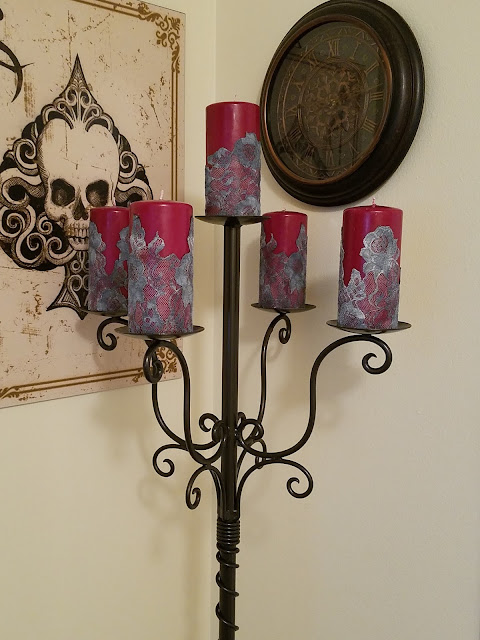As David Keyworth explains, the vampire craze which emerged in medieval Slavic lore and quickly consumed much of Europe underwent a slightly different manifestation in colonial New England. The rampant bouts of tuberculosis which plagued the colonies engendered notions of vampirism among parts of the alarmed masses. As communities struggled to understand why the affliction affected only certain households and the relatives of recently deceased individuals, European mythologies carried over from motherlands took charge, leading some to speculate that the corpses of departed souls had returned to drain the life from those family members who, shortly following the vampire’s death, began to exhibit similar symptoms. In fact, the transmission of the disease, as Nicholas Bellantoni and Paul Sledzik emphasize, played into this mythos. Tuberculosis is easily transferred between individuals living in crowded conditions. The congested and unsanitary accommodations found in many New England farming communities, coupled with seasonal periods of low nutrition, proved ideal for spreading the contagion quickly within households. Hence, one individual would contract and succumb to the disease and, shortly thereafter, other members of the same family would follow suit, leading many to believe that the first victim had returned from the grave to feast upon surviving relatives. Like the fictional Browns in Thomson’s novel, the death of one family member – Mercy – and subsequent infection of others prompted an exhumation of graves, where the blood-filled heart – a product of postmortem decomposition – confirmed suspicions and resulted in the apotropaic remedy (removal and incineration of the heart and destruction of the corpse).
Works Referenced
Keyworth, David. “Was the Vampire of the Eighteenth Century a Unique Type of Undead Corpse?” Folklore 117.3 (2006): 241-260.
Sledzik, Paul and Nicholas Bellantoni. “Bioarcheological and Biocultural Evidence for the New England Vampire Folk Belief.” The American Journal of Physical Anthropology 94.2 (1994): 269-274.
Thomson, Sarah. Mercy: The Last New England Vampire. Yarmouth, ME: Islandport Press, 2011.














